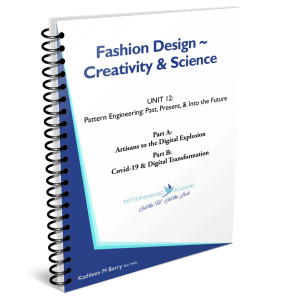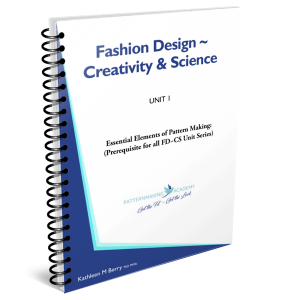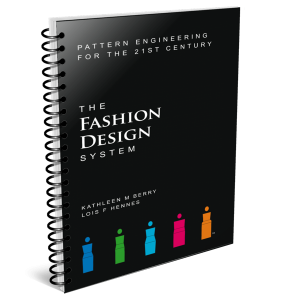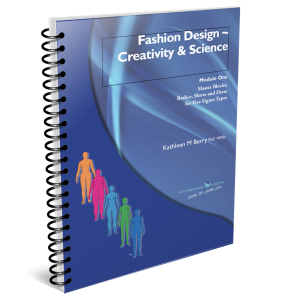Pattern Making Academy provides innovative, easy to use training manuals to produce well-fitting female garments.
Welcome to Pattern Making Academy (PMA)
We are an Australian owned and operated business
PMA was founded by Dr Kathleen [Kath] Berry whose career in education and training in the discipline of fashion spans 5 decades. Kath’s main focus has always been to produce well-fitting female garments.
To achieve this goal Kath has developed pattern making systems based on body shape and not body size for five different female figure types. Each system is easy to learn and is an effective foundation for designing clothing for an individual, or for mass-production.
Shape is the key, and product development is the focus!
Some of our popular products
Product Shipping: We provide Australia-wide and international shipping. All of our books are also available as instant download eBooks.
What our Customers say...

Sign up to our eNewsletter for updates, useful marketing information and special offer announcements:




